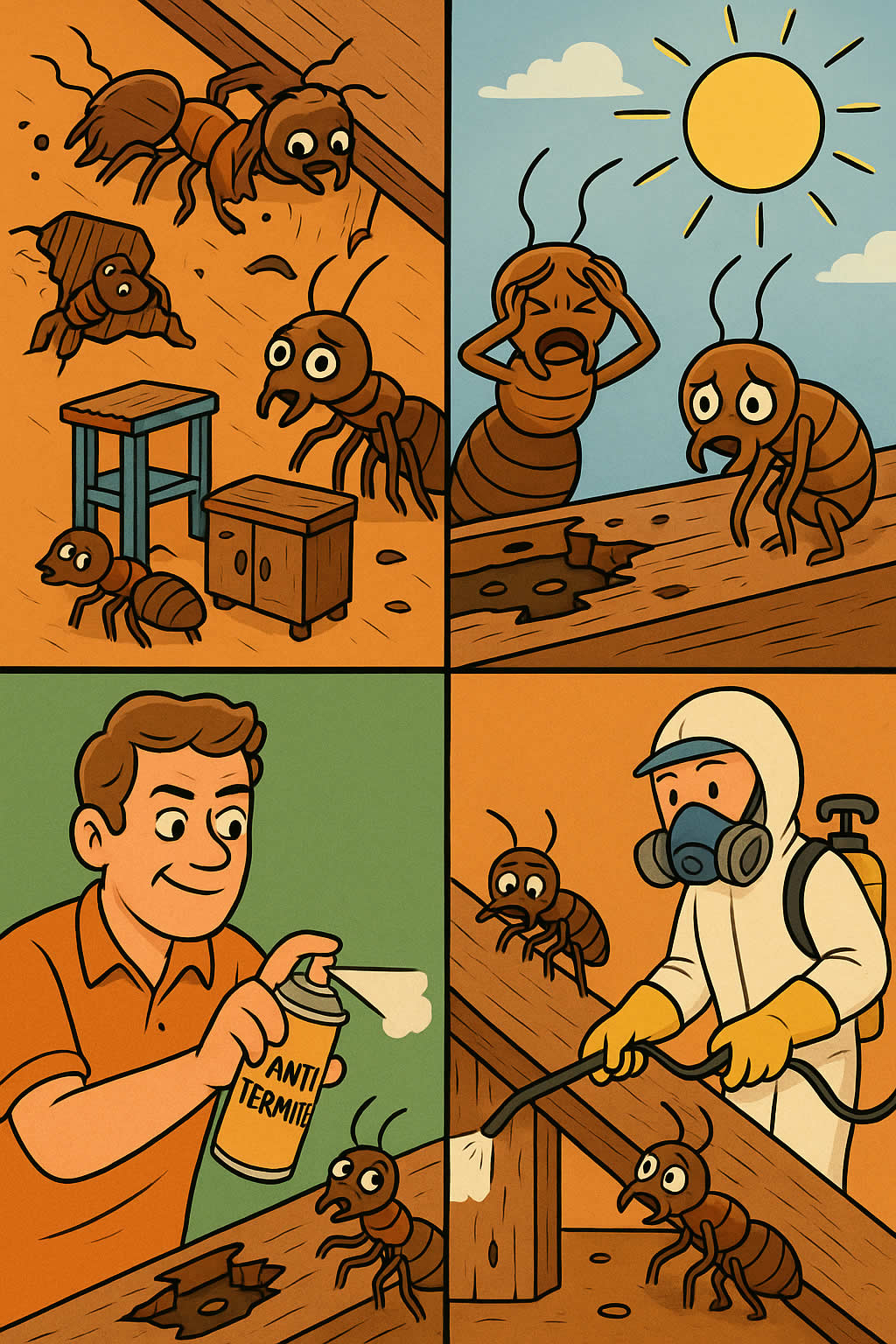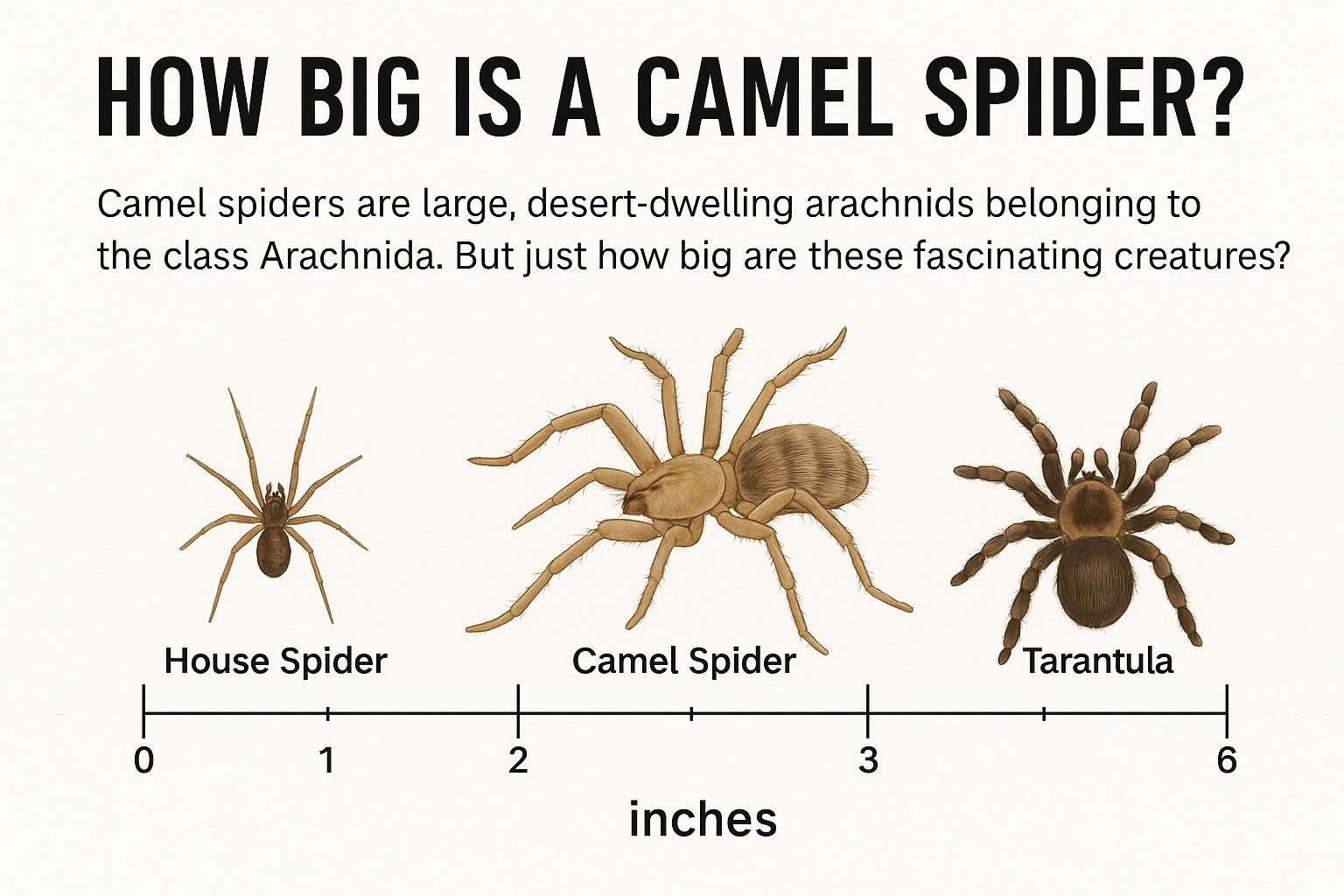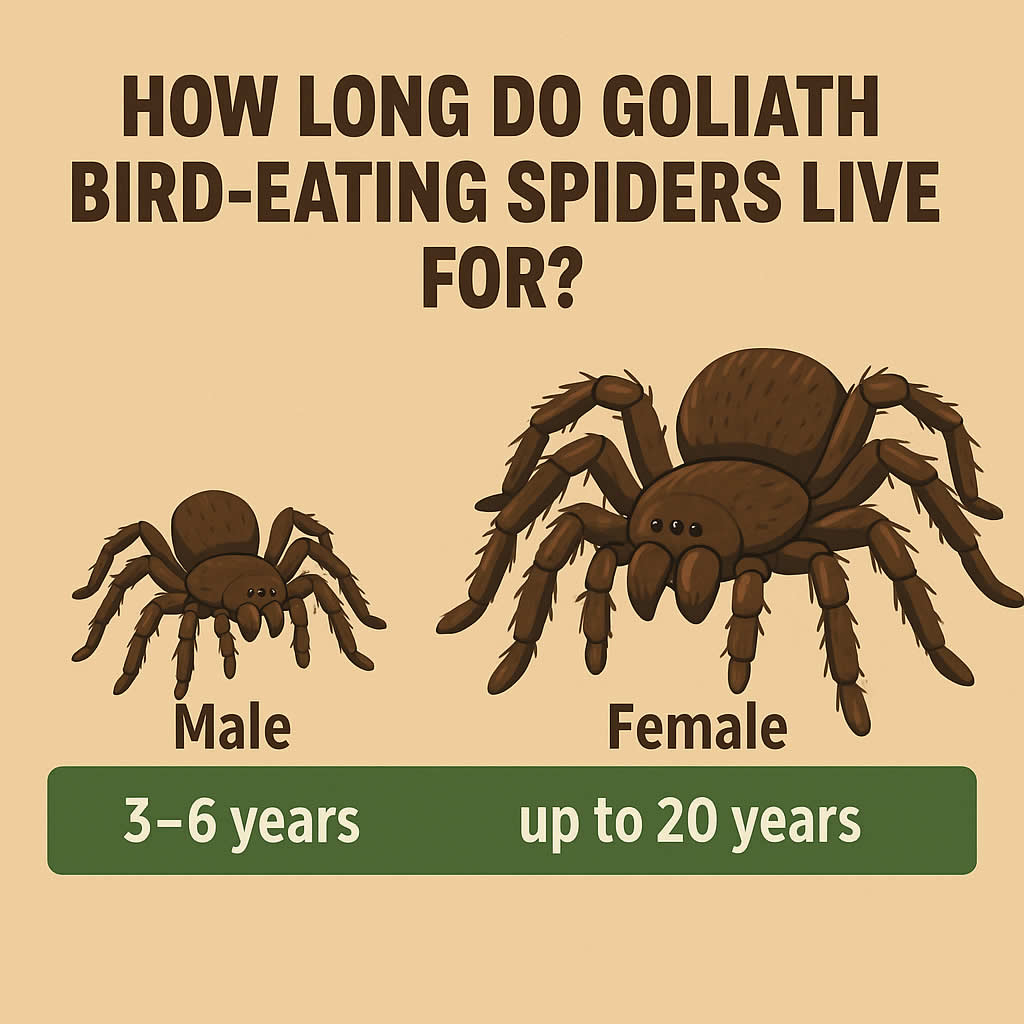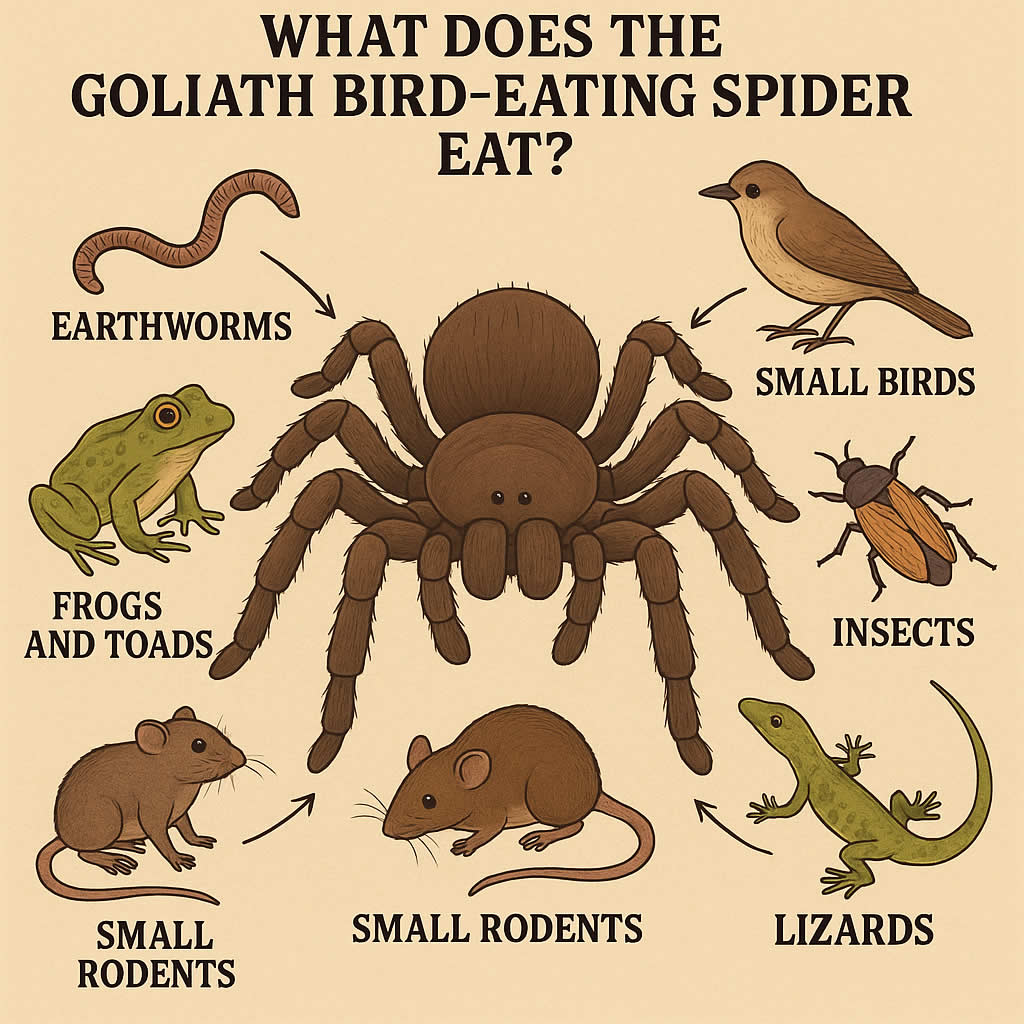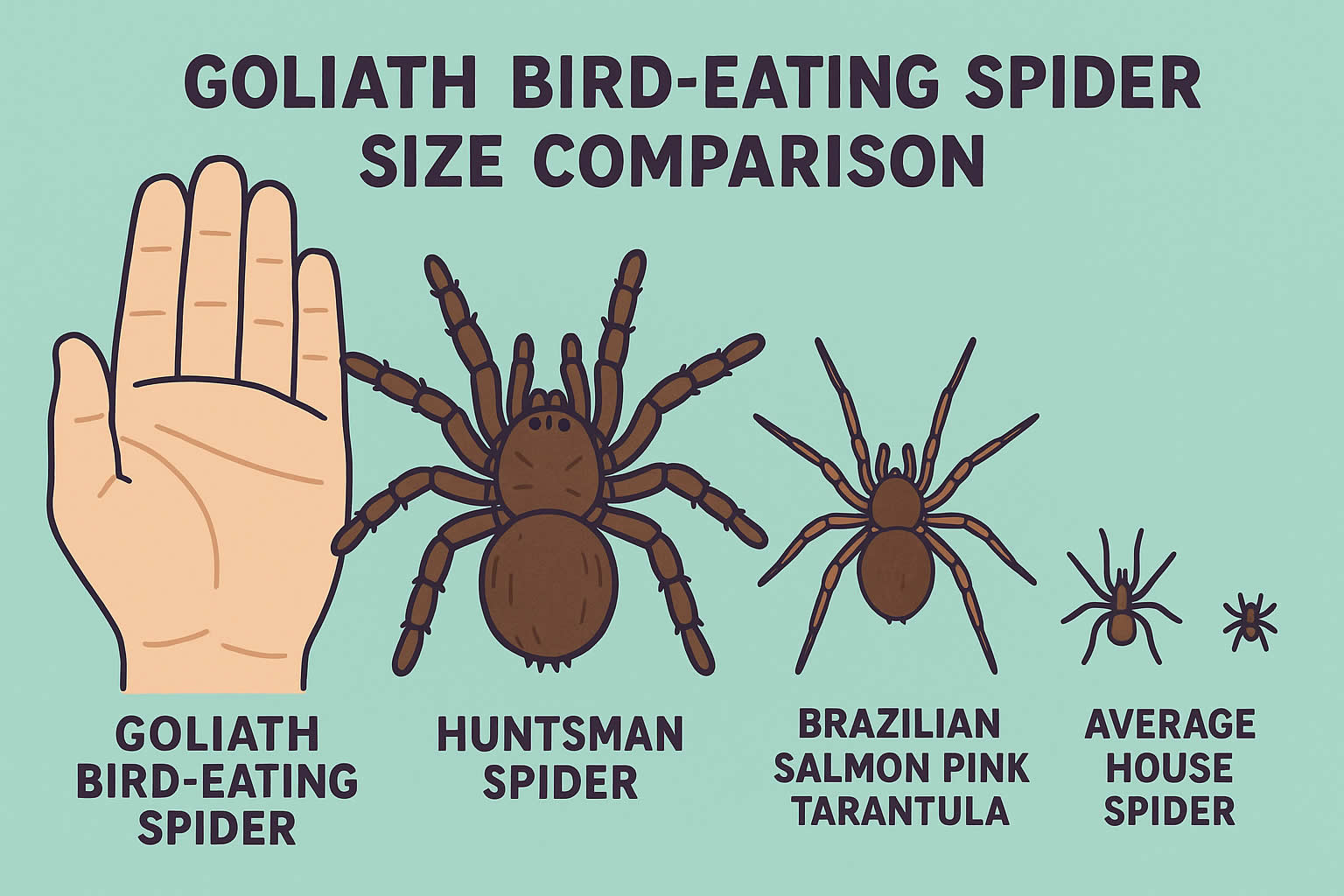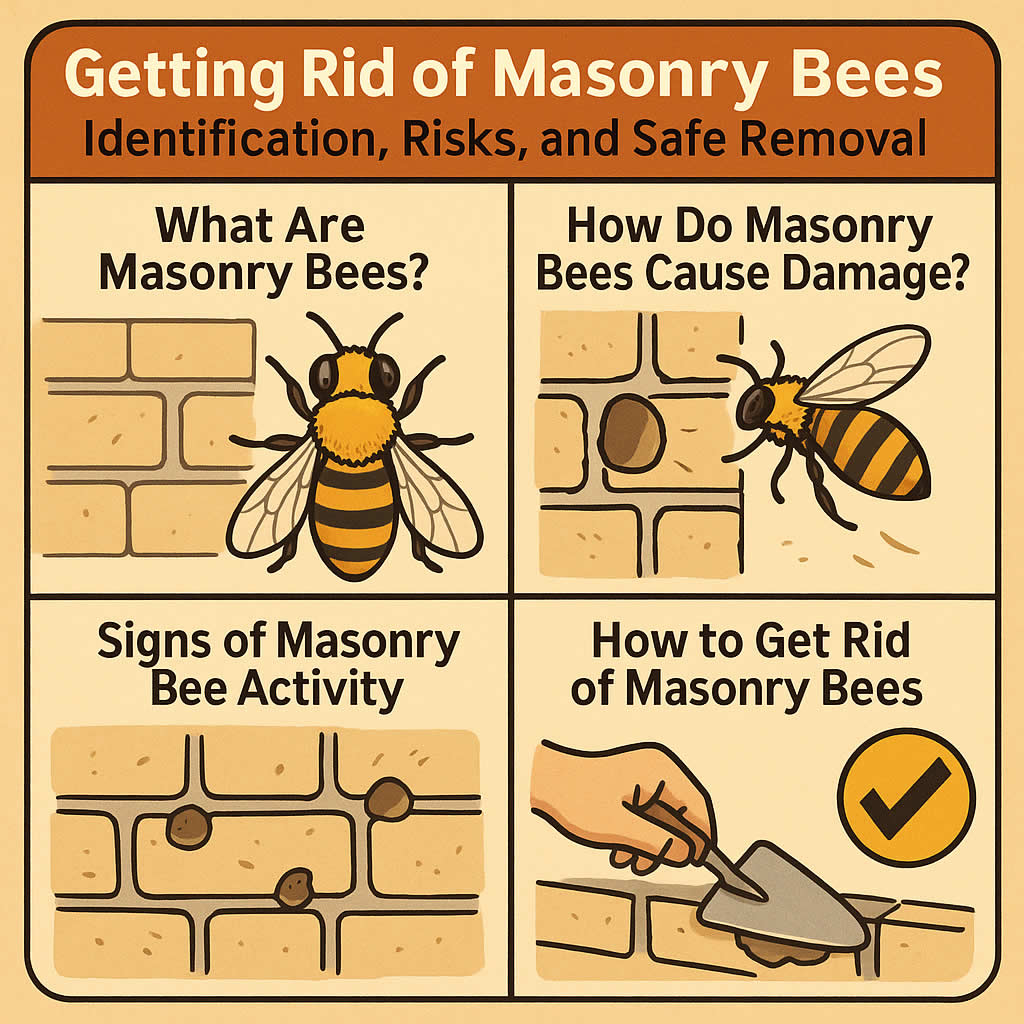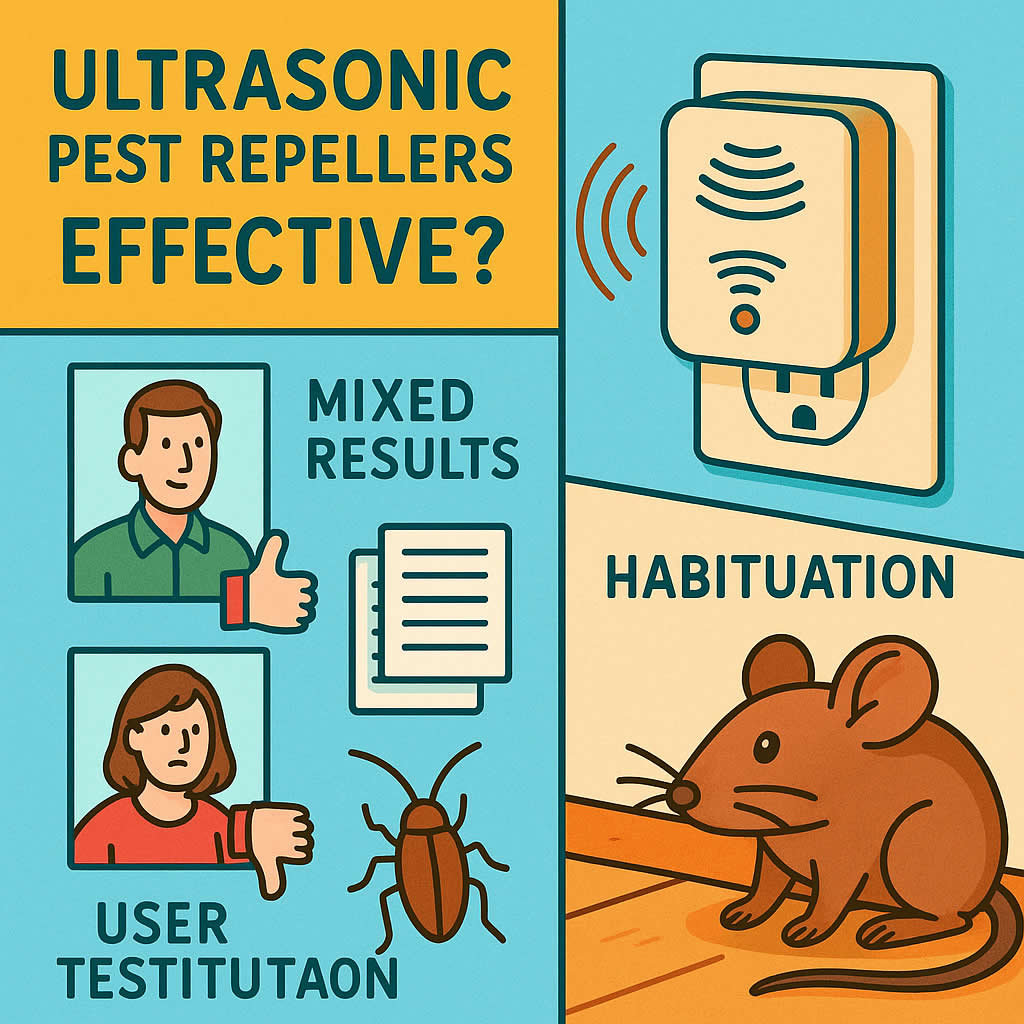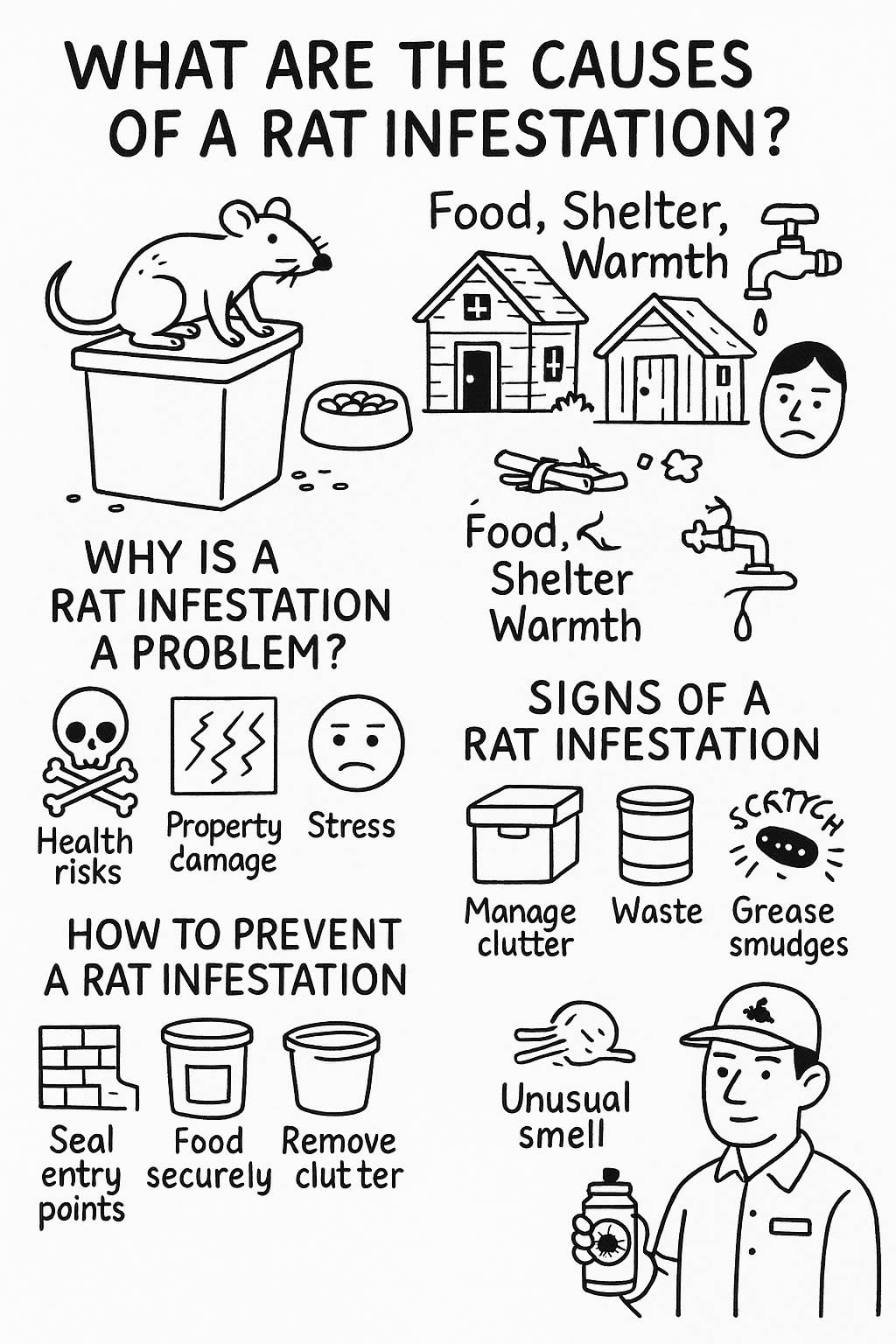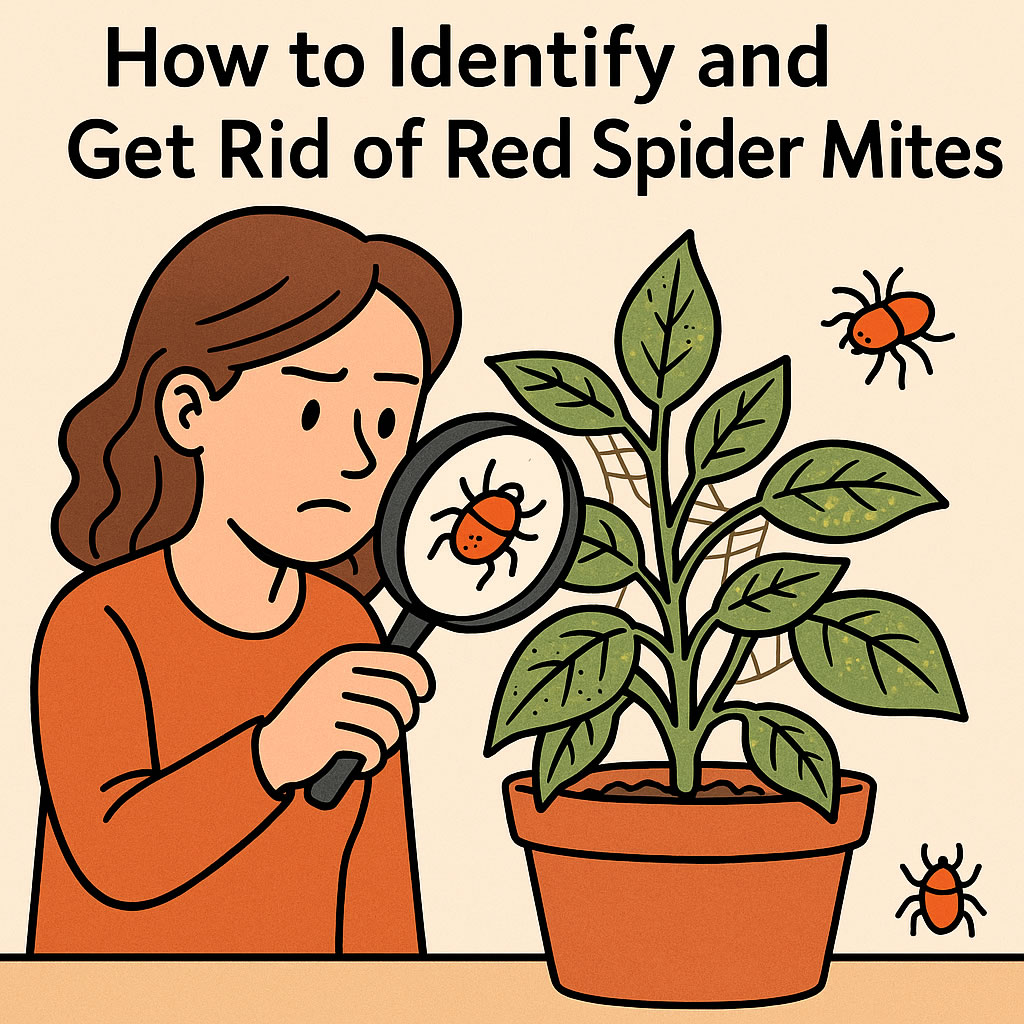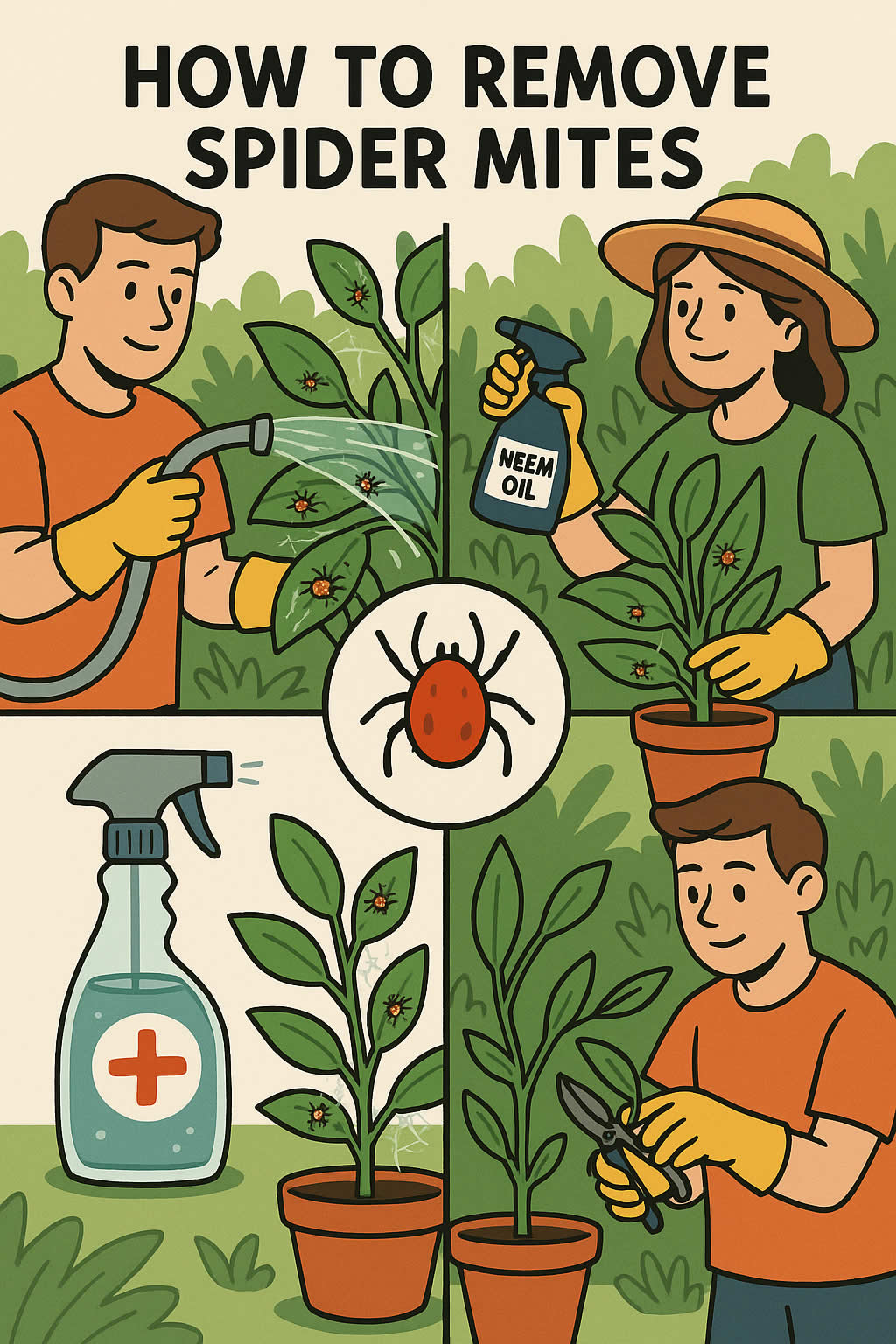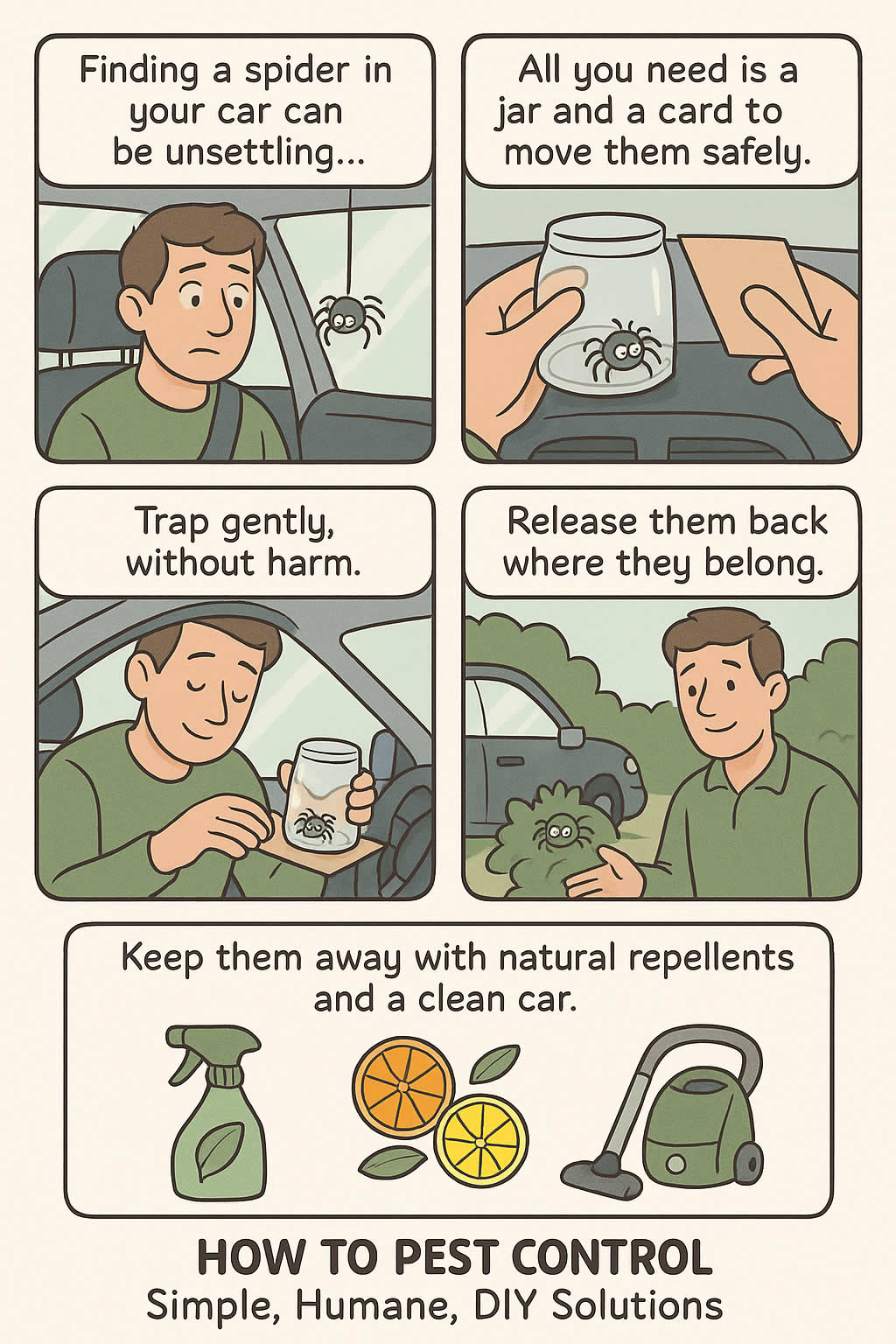Related Queries
ToggleTermites in wood can be a serious problem. They don’t just damage your furniture. They can weaken the structure of your home. If you’ve spotted signs of termites in wood around your house, you need to act quickly. But what’s the best way to get rid of them? This guide will walk you through everything you need to know about dealing with termites in wood.
What Causes Termites in Wood?
Termites end up in wood because they feed on cellulose, which is found in all plant-based materials. Wood is one of the most common sources of cellulose, making it a perfect target. But not all termites are the same. You’ve got a few different types that can attack the wood in your home:
- Subterranean termites come from underground and often enter wood through mud tubes.
- Drywood termites live directly in the wood they eat, which means they can infest your furniture, walls, and even ceiling beams.
- Dampwood termites are attracted to wood with high moisture content, making them a problem in damp basements, leaky roofs, or any area where wood stays wet.
How Do You Know If You Have Termites in Wood?
If you think you have termites in wood, you should know what to look for. Termites can be hard to spot because they work quietly and stay hidden. But there are a few signs that can give them away:
- Hollow-sounding wood: If you tap on the wood and it sounds empty, termites could be eating it from the inside.
- Blistering or peeling paint: This can happen when termites damage the wood beneath, causing the surface to warp.
- Discarded wings: If you find small, transparent wings around your home, especially near windows, that’s a sign of a termite swarm.
- Mud tubes: Subterranean termites build these small, earth-coloured tunnels to travel from their nest to their food.
- Frass: Drywood termites leave behind tiny, sand-like droppings. You might see small piles of this around infested areas.
How Do You Get Rid of Termites in Wood Naturally?
If you want to avoid using chemicals, there are a few natural methods you can try. These may not be as effective for large infestations, but they can help with small, localised problems.
Sunlight Exposure
Termites can’t stand direct sunlight. If you’ve got infested furniture or small pieces of wood, try leaving them outside in direct sunlight for a few days. This will not only kill the termites but also dry out any moisture they might be attracted to.
Freezing
If sunlight isn’t an option, freezing can work. Wrap small wooden items in plastic and place them in a freezer for a few days. The extreme cold will kill the termites.
Use of Essential Oils
Some essential oils can act as a natural insecticide. Orange oil and neem oil are two of the most effective. You can apply these directly to the infested wood using a spray bottle. Repeat the application every few days.
White Vinegar and Lemon
Mix equal parts white vinegar and lemon juice, then spray it on the infested wood. This won’t kill the entire colony, but it can help with small, visible groups of termites.
Cardboard Traps
Termites are attracted to cellulose, which is why they eat wood. You can use this to your advantage by placing wet cardboard near the infested area. Once the termites start eating it, you can remove the trap and destroy it.
What Are Chemical Options for Getting Rid of Termites in Wood?
If the natural methods aren’t enough, you may need to use chemicals. These are more effective but must be used carefully.
Liquid Termiticide
Liquid termiticides are applied directly to the wood or soil around your home. They create a barrier that termites can’t cross without dying. These are effective for subterranean termites, but you’ll need to reapply them every few years.
Boric Acid
Boric acid is a natural compound that’s highly toxic to termites. You can mix it with water and spray it onto infested wood. It works by disrupting the termite’s digestive system, eventually killing them.
Termite Foam
If the infestation is in a hard-to-reach area, like inside walls, you can use termite foam. This expands to fill gaps and can reach deep into wood, killing termites on contact.
Termite Bait Stations
These are small, plastic stations that contain a slow-acting poison. Termites take the bait back to their colony, killing others. These are great for ongoing protection.
Professional Termite Treatments
If you’ve got a severe infestation, it’s best to call a professional. They have access to more powerful treatments, such as fumigation. This is where your home is sealed, and a gas is pumped inside to kill all the termites.
How Do You Protect Wood from Termites in the Future?
Getting rid of termites is one thing, but keeping them away is just as important. Here’s how you can protect the wood in your home:
- Use treated wood: If you’re building something new, make sure to use wood that has been treated with a termite-resistant solution.
- Keep wood away from soil: This is especially important for things like garden beds, wooden fences, and decking.
- Control moisture: Termites love damp wood. Fix leaks, keep your gutters clear, and use a dehumidifier in your basement.
- Seal cracks: Make sure there are no gaps around your windows, doors, or foundation where termites can get in.
- Store firewood away from your home: Don’t stack wood directly against your house, and keep it raised off the ground.
Can You Treat Termites in Furniture?
Yes, you can treat termites in furniture. But because furniture is often made of finished wood, you need to be careful not to damage it.
- Sunlight: Place the furniture outside in direct sunlight for several hours.
- Freezing: For smaller pieces, place them in a freezer.
- Essential oils: Apply orange oil or neem oil with a soft cloth.
- Boric acid: If you can access the inside of the furniture, you can use a boric acid spray.
What Are the Best Products for Killing Termites in Wood?
If you want to buy a product to kill termites, here are a few that work well:
- Termite sprays: These are great for direct application to infested areas.
- Termite bait stations: For ongoing protection.
- Termite foam: Perfect for hard-to-reach areas.
- Boric acid: A good natural option.
When Should You Call a Professional?
If the infestation is large or if you can’t reach the termites, it’s best to call a professional. Pest control experts have the tools and experience to deal with termites quickly and safely. They can inspect your home, find the source of the problem, and recommend the best treatment.
How Long Does It Take to Get Rid of Termites in Wood?
It depends on the method you use. Natural treatments can take several weeks to be effective, while chemical treatments can work in a few days. Professional treatments, like fumigation, usually work within a few days, but you may need to stay out of your home during that time.
Final Thoughts
Termites in wood can cause serious damage if left untreated. But by knowing what to look for and how to treat them, you can protect your home. Start with natural treatments if the problem is small, but don’t be afraid to use chemicals if you need to. And if you’re ever unsure, call in a professional. It’s always better to be safe than sorry. Termites may be persistent, but with the right approach, you can get rid of them and keep them away.
Pest Control Oxfordshire – Pest Control How End – Pest Control County Durham
